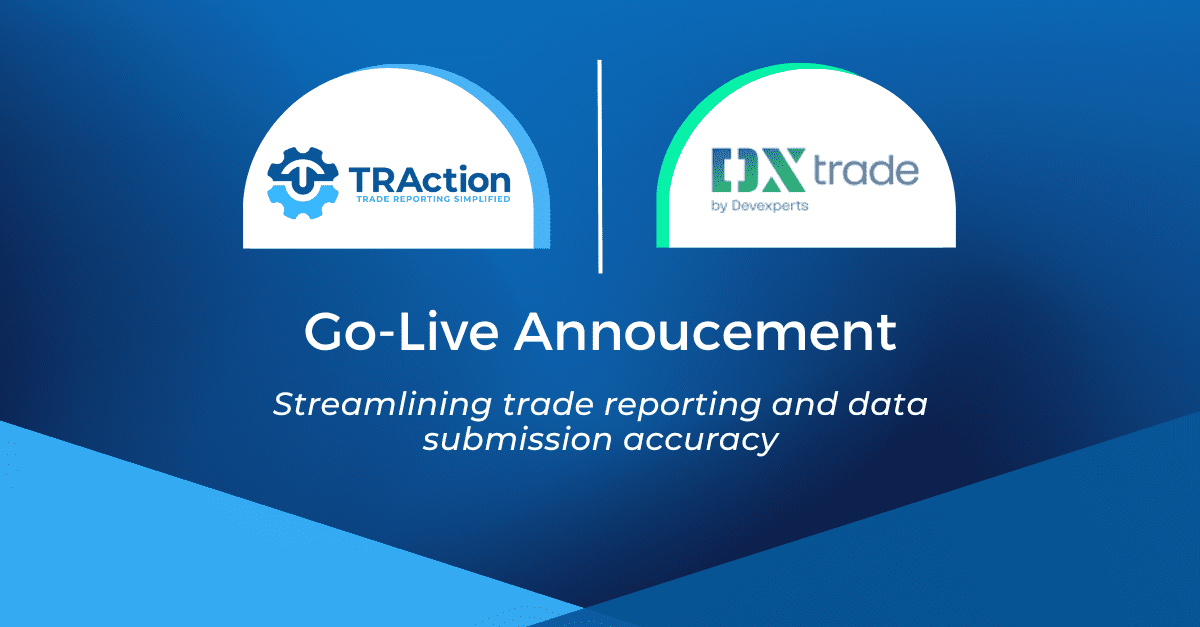We have recently seen regulators making enquiries to investment firms about pairing and matching discrepancies that have been identified in their reporting.
In line with their active approach on a number of transaction reporting issues in recent years, CySEC has queried investment firms with low matching rates. Further details have been requested from firms regarding historical trades and why:
- the other side of the trade has not been reported, or
- it has not been reported with a consistent UTI.
Trades being queried go as far back as 2018 in some instances with resubmission required in many cases. Many CySEC investment firms have been conducting broad EMIR Data Quality reviews as a result.
Likewise, the Central Bank of Ireland (CBOI) has been querying investment firms over the last year regarding their daily EMIR reporting. Significant swings in net valuations and drastic changes in notional amounts are examples of scenarios where CBOI have asked for clarifications from investment firms. CBOI has recommended firms undertake regular reviews of their reporting data to ensure it is complete, accurate, timely and complies with relevant regulations and associated guidance published by ESMA. Further, they have recommended all EMIR reportable fields are checked.
Correspondence seen by TRAction from both CySec and CBOI:
- imposes a deadline for investment firms to provide a response to their queries, and
- require an explanation of possible remedial work required.
Reconstructing trade methodology and reporting processes completed many years ago can be time consuming and distracting for businesses, especially where there are large volumes of trades, so it’s important to get it right first time. We provide a detailed explanation of the pairing and matching process.
The scrutiny is not surprising given it follows on from ESMA’s 2021 EMIR and SFTR data quality report which found:
- Pairing rates pre-Brexit were below 50% but have since steadied to around 60%;
- The 60% pairing rate as something that needs improving.
- While less than 10% of reported derivatives tend to be reported late by the counterparties, more than 20% do not receive updated valuation on a daily basis as required by EMIR.
- Non-reporting dropped sharply due to Brexit and is now less than 5%.
The report suggested that the low rates are due to:
- a lack of agreements between parties to share UTIs,
- under/over reporting between counterparties, and
- incorrect identification of counterparties.
You can read more about the findings of this report in our dedicated article.
This increased scrutiny from regulators is likely to become more common as we get nearer to EMIR Refit in 2024. The changes to EMIR reporting are designed to encourage counterparties to set up more internal checks to ensure they are capturing and presenting the correct details to be compliant for pairing and matching.




